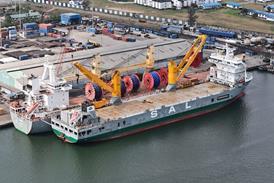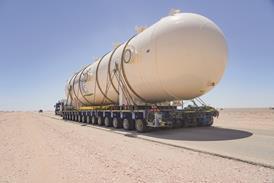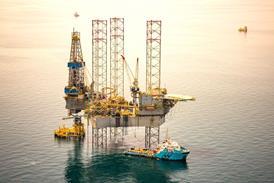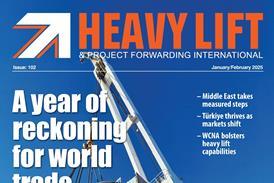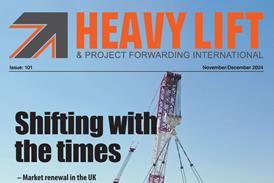Esgian’s most recent ro-ro market report points to a potentially strong early-year growth in port calls against the backdrop of geopolitical uncertainty, chiefly through disruption in crucial shipping lanes and by the imposition of tariffs.
February 2025 saw a 65 percent increase in deepsea port calls on January 2025, with the Mediterranean Sea seeing the largest year-over-year increase as the region witnessed a 63 percent climb on February 2024 – signifying strong growth in port activity at the beginning of this year. The Baltic Sea, contrastingly, has seen port waiting time almost triple from 0.6 hours to 1.8 hours – a 222 percent increase.
Continuing geopolitical uncertainty in the Middle East appears to persist as an issue for the shipping industry, with total transits through the Suez Canal falling 44 percent on January 2025, from 16 to nine. Grimaldi and Samjoo were each responsible for three transits each during February 2025, whilst Grimaldi led the way in Far East-Mediterranean trade routes across 2024.
The West Coast of the US witnessed the largest year-over-year decline in port calls in February 2025, dropping by 23 percent compared to February 2024, paired with a 25.2 percent decrease from January 2025 to February 2025. The East Coast of the US saw waiting times rise from 8.3 to 30.3 hours. Following a 25 percent tariff on Mexican goods – effective March 4, 2025 – by President Trump, Esgian’s data signals that port calls in the Gulf have declined in early 2025 against 2024 – with Tuxpan, Mexico, down 44 percent.
Although port calls increased slightly from 41 to 42, the port of Brunswick’s total port waiting time rose from just two days in February 2024 to 19 days during February 2025. This, though, is against the backdrop of Brunswick reaffirming its position as the USA’s chief port for vehicles and heavy equipment, driven by record cargo volumes and expanded infrastructure at Colonel’s Island Terminal.
Meanwhile, the East Coast of Africa witnessed the biggest rise in port waiting time in February 2025, increasing more than four times on the same period last year – from 6.6 hours to 28.8 hours. South America’s West Coast was a close second in this regard, climbing from 7.9 hours to 31.3 hours.
Operating 13 vessels, COSCO recorded 33 port calls in February 2025, a 32 percent increase from January 2025. Through 2024, the company dominated the Far East-Persian Gulf trade, with 75 percent of shipments.
Tariffs and red tape
In February 2025, the White House announced a 25 percent tariff on all imports from Mexico and Canada, including automobiles and auto parts, which took effect on March 4, 2025. Additional tariffs on finished vehicles are expected to be announced on April 2, 2025.
As a retaliatory measure, China has imposed a 10 percent tariff on US finished vehicles, further escalating trade tensions. Meanwhile, uncertainty surrounding the Panama Canal, with claims of bringing it back under US control, adds another layer of complexity. The ongoing instability in tariffs and trade policies continues to pose significant challenges for shippers and operators. Esgian believes the the automotive supply chain faces a turbulent year, with longer routing via the Suez Canal and Red Sea, fluctuations in port operations, and shifts in idle and standby time observed so far in 2025.
Given the volatility, Esgian said that its data indicates a decline in port calls across key Gulf of Mexico ports, with Veracruz down 8 percent, Altamira 20 percent, Galveston 7 percent, and Tuxpan 44 percent in the first two months of 2025 compared to the same period in 2024.
The tariffs will impact costs for automakers relying on Mexican production, influencing shipment volumes as manufacturers adapt supply chains or explore alternative production strategies, said Esgian. Some vehicle manufacturers may reroute shipments through alternative ports or modify sourcing strategies to avoid tariff-heavy trade lanes, impacting Gulf of Mexico port activity. However, it remains to be seen whether operators will restructure logistics or absorb costs to maintain service levels. Further monitoring of Q2 2025 data will determine whether operations stabilise or the decline continues.
Whilst the uncertainty surrounding the Red Sea maintains its grip on the shipping industry, sector analyst Esgian noted that newbuild vessel deliveries have been on the rise.


